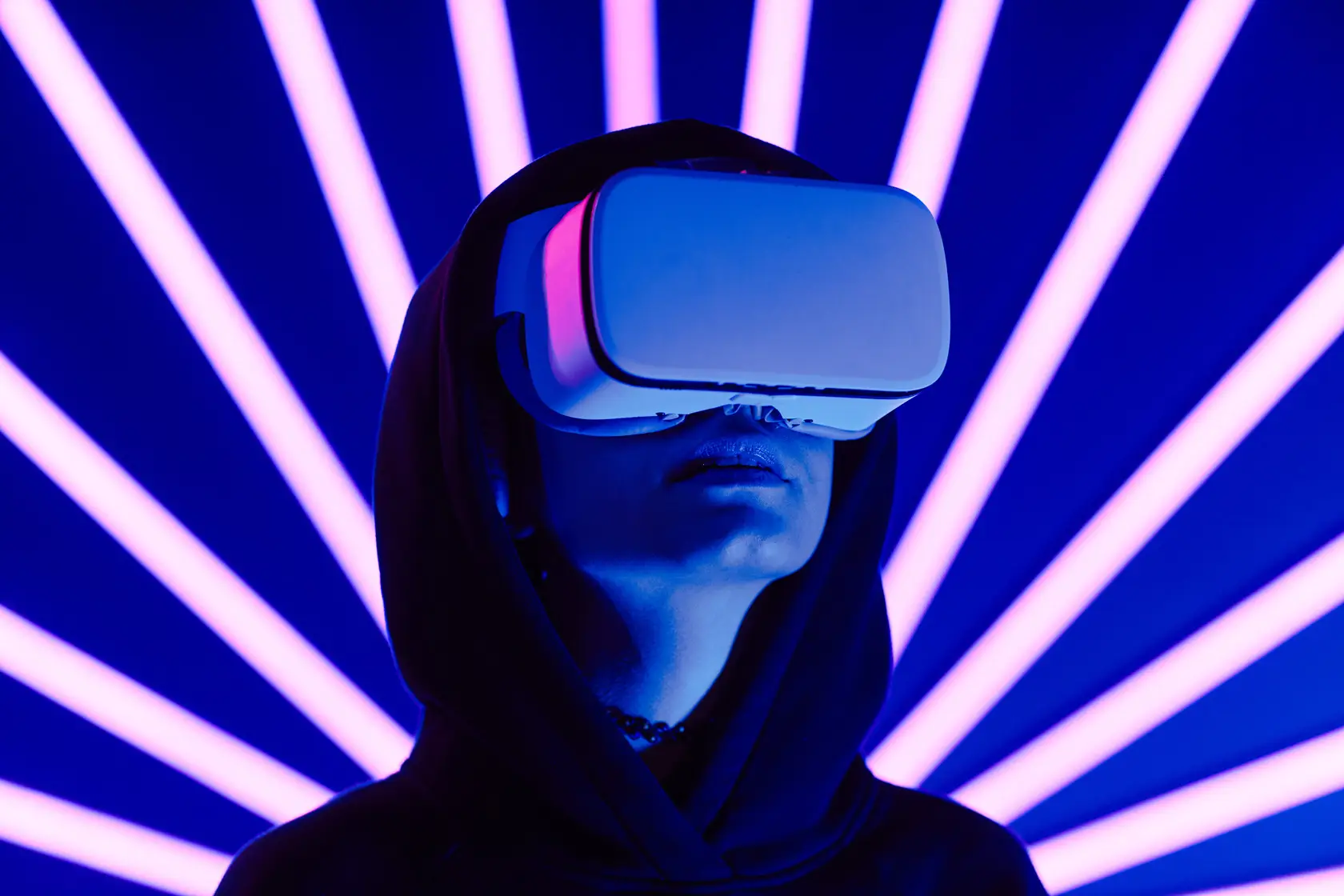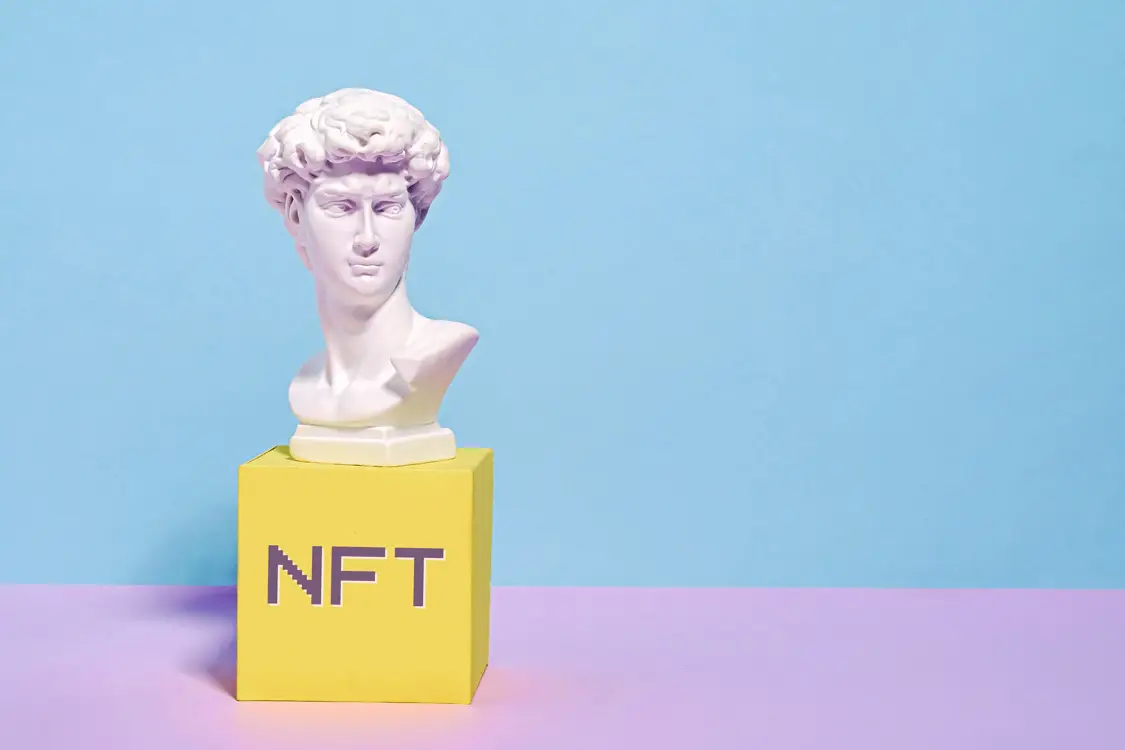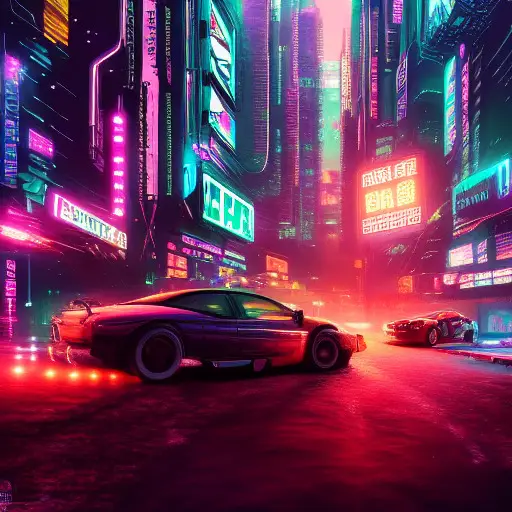As the world continues to be reshaped by technology, art is also undergoing a revolutionary transformation. In our digital age, artists are now blending traditional methods with cutting-edge tech to create works that truly stand out among contemporary masterpieces. From digital prints to interactive installations and beyond, this combination of art and technology has unlocked an entirely new world of artistic expression never dreamed possible just a few years ago. Join us in exploring the unexpected possibilities of marrying art and tech as we take a deep dive into the rapidly changing landscape of modern artwork!
The Impact of Emerging Technology on Art
As new technologies emerge, traditional artistic techniques are often put to the test. For instance, 3D printing has revolutionized sculpture by making it more accessible than ever before. It allows artists to create custom pieces without going through complex fabrication processes. Furthermore, due to AI-driven software tools like Adobe Photoshop, creating digital artwork has become easier than ever––even for those without experience with design or coding. Finally, Virtual Reality (VR) allows us to experience art in new and unimaginable ways. For example, museums can now offer immersive VR tours of their collections so that people can explore them without leaving their homes.
How Technology Helps Us Discover New Art
Thanks to technology, discovering new art is easier than ever before. As more people turn to online platforms like Instagram and Pinterest for inspiration, artists have access to an abundance of potential customers and fans who could never have discovered them otherwise. Additionally, technology makes it possible for curators and galleries worldwide to showcase emerging artists’ work more efficiently than ever before by providing a platform for them to share their creations with the world. Also, technological advances have made it possible for traditional institutions—like museums—to expand their reach beyond their physical walls through interactive exhibits featuring multimedia displays and educational content about specific works of art or artists’ lives.

The Benefits of Technology in Appreciating Art
Ultimately, technology significantly enhances our appreciation of art by connecting us with works we wouldn’t normally be exposed to due to its distance or cost-prohibitive price tag if traveling was involved or if an original was purchased. Through digital platforms like YouTube or streaming services like Spotify, we can listen to and watch some amazing pieces of artwork without leaving home! Additionally, these same platforms allow us to connect directly with an artist or musician, which further enhances our appreciation and encourages further exploration into lesser-known works within their repertoire! Last but not least, this same technology allows us access to hidden gems near or far from our hometowns that would have been impossible before.

Augmented Reality (AR) in Art
Augmented reality (AR) is another area where technology has allowed artists to explore possibilities never before imagined. AR allows the artist to overlay virtual images onto real-world environments using special lenses or apps on smartphones or tablets. This allows them to create interactive installations or performances that blend elements from both the physical and virtual worlds. For example, an artist could create an augmented reality installation at a museum where viewers can interact with virtual objects as they move around the physical space.

NFT Art
NFT art is a groundbreaking combination of art and technology. This art form uses blockchain technology, allowing creators to certify and sell art pieces in a new way. Turning art into tokenized digital assets allows one to appreciate, collect and even resell them as easily as any other digital file. Artists are paving the way for this alternative gallery space with pieces ranging from digitized photographs, videos, or memes––all made original, virtual artworks available to anyone worldwide. NFT art is revolutionizing art collections, events, and transactions by making these experiences more accessible and secure than ever.

AI-driven Artwork
Artificial intelligence (AI) has opened up yet another avenue for creativity in the form of AI-driven artwork. AI algorithms can generate artwork based on data from their environment or user input. AI-generated artwork ranges from abstract paintings created by machine learning algorithms to 3D sculptures generated from photographs taken by drones or satellites orbiting Earth. By leveraging AI, artists have explored new avenues for artistic expression and pushed boundaries in ways never before possible.
Here’s an example of an AI-driven artwork. What do you think about it?

Technology plays a significant role in advancing our creative expression through its ability to enhance traditional techniques while also opening up new possibilities for discovering and appreciating art worldwide. From 3D printing and AI-powered tools enabling digital creation––to virtual and augmented reality providing immersive experiences––and social media facilitating global engagement between artists and audiences––technology is helping us create better artwork while expanding our understanding and appreciation of it too! So whether you are a collector looking for something unique or just someone wanting a little bit more creativity in your life––technology has undoubtedly made it easier than ever before!
Love and light,


